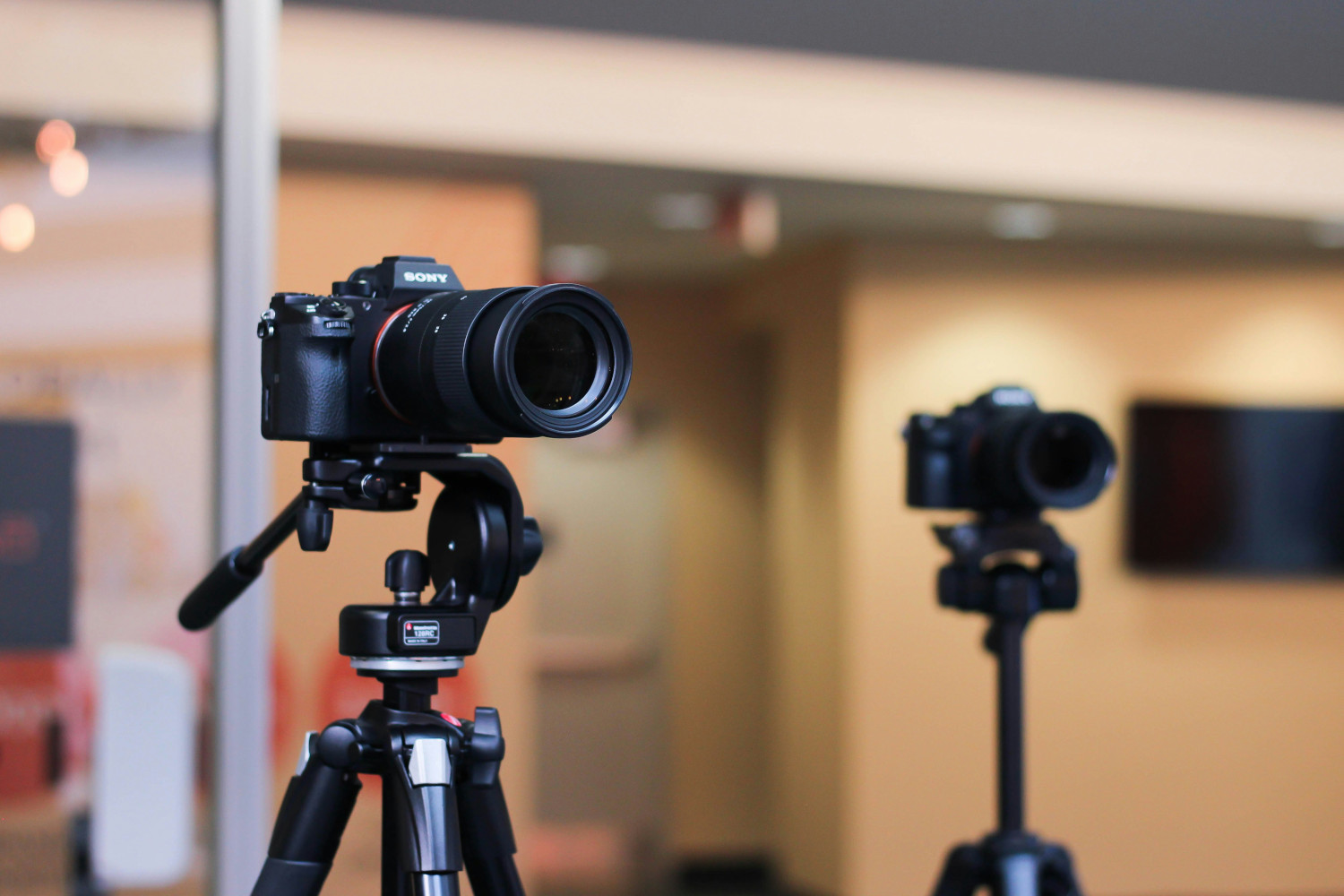Thought leadership
7 things to know before your executive portrait (and why it matters).
See your executive portrait as just another box-ticking exercise? These 7 tips reveal why it’s a powerful move toward visibility.

[NEW INSIGHT] Personal branding for CEOs vs personal branding: what’s the real difference
A well-planned executive portrait shoot is one of the most effective tools to build visibility, credibility, and trust as a leader.
But to make the most of it, you need to do more than just show up. Treat it with the same clarity and intention you’d bring to any high-stakes leadership moment.
From messaging to outfit changes to where your content will live, here are six things every executive should know before stepping in front of the camera.
Far too many executives underestimate the importance of executive portraits and multimedia, when they're often just as crucial as any other activity you undertake as a professional and thought leader.
Images add polish to your online bios, give journalists visuals for articles, and bring personality to LinkedIn posts.
Videos go a step further, reflecting your personality and insights in a more digestible format. They also generate 1,200% more shares than text and images combined.
So, whatever you do, don't neglect multimedia. Show enthusiasm for the process.
It will help you stand out in your field and make the process as smooth as possible for your multimedia team to execute.
The simplest piece of advice? Smile.
You’d be surprised at how many executives don’t, and it often ruins otherwise great content by making them seem disinterested, cold, or unapproachable.
Even if you’re not feeling your best on the day, aim to appear upbeat and engaged.
As you become more established and speak with the media often, this habit will help you make the best possible impression no matter the scenario.
So, start strong from your very first shoot.
The first time a new client joins us for a multimedia shoot, they sometimes ask us to shorten or simplify sessions by only shooting photography.
Some sessions can take up to four hours, and of course, we know executives are very busy people. But to make executive portraits worthwhile, it's vital to give the process time.
This might shock you, but for every 100 minutes of photo and video captured, only about 10% will make the final cut. It takes time to warm up in front of the camera.
Besides, the more material you capture, the longer you can go without another shoot. And in the space of a year, you might only need three or four shoots, which is hardly a major commitment.
This all about ensuring you walk away from the experience satisfied, not disappointed, where the blame could unfairly fall on your multimedia team.
Want to shoot your executive portrait but short on time? Consider shooting in motion.
By this, we mean documenting moments as they naturally happen throughout your day, just like established CEOs such as Satya Nadella do.
Office conversations seem natural.
Board meetings convey authority.
Team socials showcase culture.
Major industry events highlight expertise.
This not only allows you to gather valuable content while staying productive, but also helps visualise your leadership, humanise your messaging, and showcase raw authenticity.
After all, if you don’t do the shoot now, when will you? Diaries only get fuller.
So, why not be proactive and make your brand part of your day-to-day?
You don’t always need a multimedia team to start. Sometimes, a quick photo snapped on your phone can feel more organic and less contrived than a highly polished production.
Not every executive portrait involves video. But if yours does, make sure you prepare what you want to say.
Start by reading relevant publications and social debate to understand the key issues affecting your industry and what your stakeholders care most about.
Then, draft a list of questions and points you want to cover. Just don’t over-rehearse or it'll make your delivery feel stiff.
Keep your messaging sharp and specific. Instead of saying “we believe in innovation”, say “we're investing 40% of our R&D budget into climate tech to meet our net-zero targets.”
Finally, align your messaging with your broader campaign, so nothing feels off-topic or disconnected.
And if one video doesn’t feel like enough, consider creating a series. It’s a great way to extend the shelf life of your content and offer audiences a clear narrative to follow.
For every executive portrait shoot, bring several outfits.
This gives each piece of content its own context and identity, while masking the fact that everything was shot in a day.
You might choose smart-casual attire when showcasing behind-the-scenes company culture, and formal wear when creating content tied to industry commentary or thought leadership.
You should also consider experimenting with different angles and backgrounds for each outfit.
This helps you get the most out of every look and adds much-needed visual variety to your content.
Without experimenting, you risk losing your audience’s attention over time.
You've captured your content, now what?
Will the photos and videos you shot live on your website bio, in media pitches, or be used for social media campaigns?
If you're unsure, it’s probably because you didn’t plan ahead, and that’s a recipe for underwhelming results, even with the best executive portraits.
Before you even step in front of the camera, sit with your team and agree on a clear distribution strategy.
Know which video or image supports what message.
Know where it will appear.
Know who it's meant for.
Timing matters, too. A video about innovation posted without context may go unnoticed. But tied to a product launch or industry milestone, it can spark meaningful momentum.
With the right planning, your content won’t just be seen, it’ll be remembered. So, make your executive portrait count.